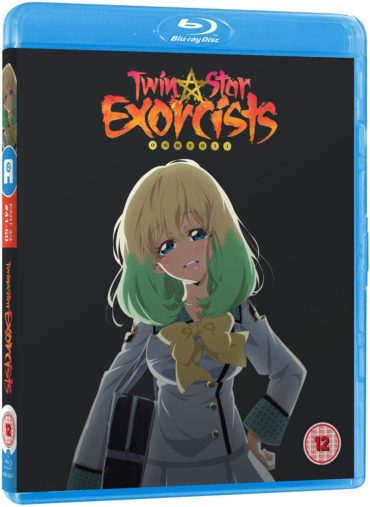Twin Star Exorcists Part 4 Review
Spoiler Warning: This review contains spoilers for the previous parts of Twin Star Exorcists
Twin Star Exorcists concludes in this fourth and final part, bringing to a head its anime-original storyline, while also adapting and putting a new twist on some of the concepts of the original manga for the final act.

After Rokuro, Benio and the Twelve Guardians save the town of Narukami at the end of Part 3, Kuranashi activates his plan that would see him rule over both Magano and the real world, trapping the Twelve Guardians in Magano. With the power of the world’s mightiest exorcists now his, it’s up to Rokuro and Benio to stop him; however, a greater threat soon emerges that sees the entire world set up as a sacrifice for the resurrection of the first exorcist, Abe no Seimei.
While the previous part was more about the drama and character development, this one is all about the action as we’re thrown into a series of fights against increasingly more powerful opponents. Kuranashi, while being the major villain for the vast majority of the anime’s original story, never sees his full threat realised as he’s upstaged by a certain returning character. I wouldn’t necessarily say this is a bad thing however, as the fight sequences really turn themselves up a notch at this point, largely abandoning the attack call cutaways and throwing in some pretty impactful punches and environmental destruction. It also manages to avoid one of my common criticisms towards shonen action sequences of dragging on the fight for too long, with each one progressing quite naturally and managing to find stopping points that actually drive the story forward.
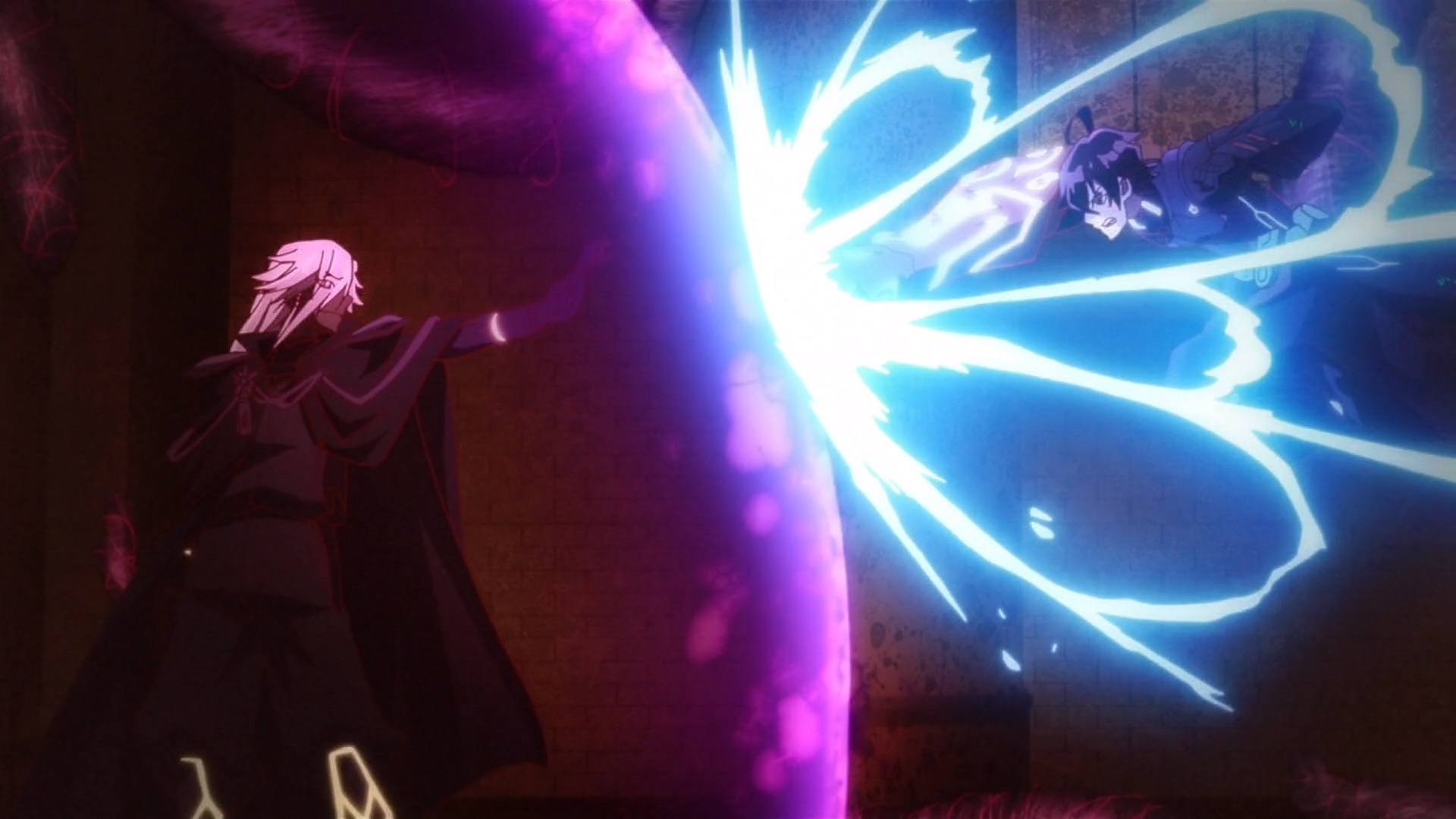
The direction the story takes is definitely interesting, as it incorporates the series’ spiritual themes more heavily and puts forth a doomsday scenario for our heroes to overcome. Without going into too much detail, I can say that some aspects of this plotline may seem familiar to those who have read the manga; however, the anime twists it around into something different, which still works considering where all of the characters are at in the story. The downside is that it is heavily focused on Rokuro, meaning that if you’re more of a Benio fan then you may come off disappointed with both how little she has to do and how she is treated. While she does get a chance to shine right at the end, she spends much of this arc incapacitated, and a particular plot point that should have been presented as a touching self-sacrifice is marred by the uncomfortable declaration of the villain wanting to “copulate” with her. While it is met with cries of indignation from the cast, it’s definitely not one of the series’ high points.
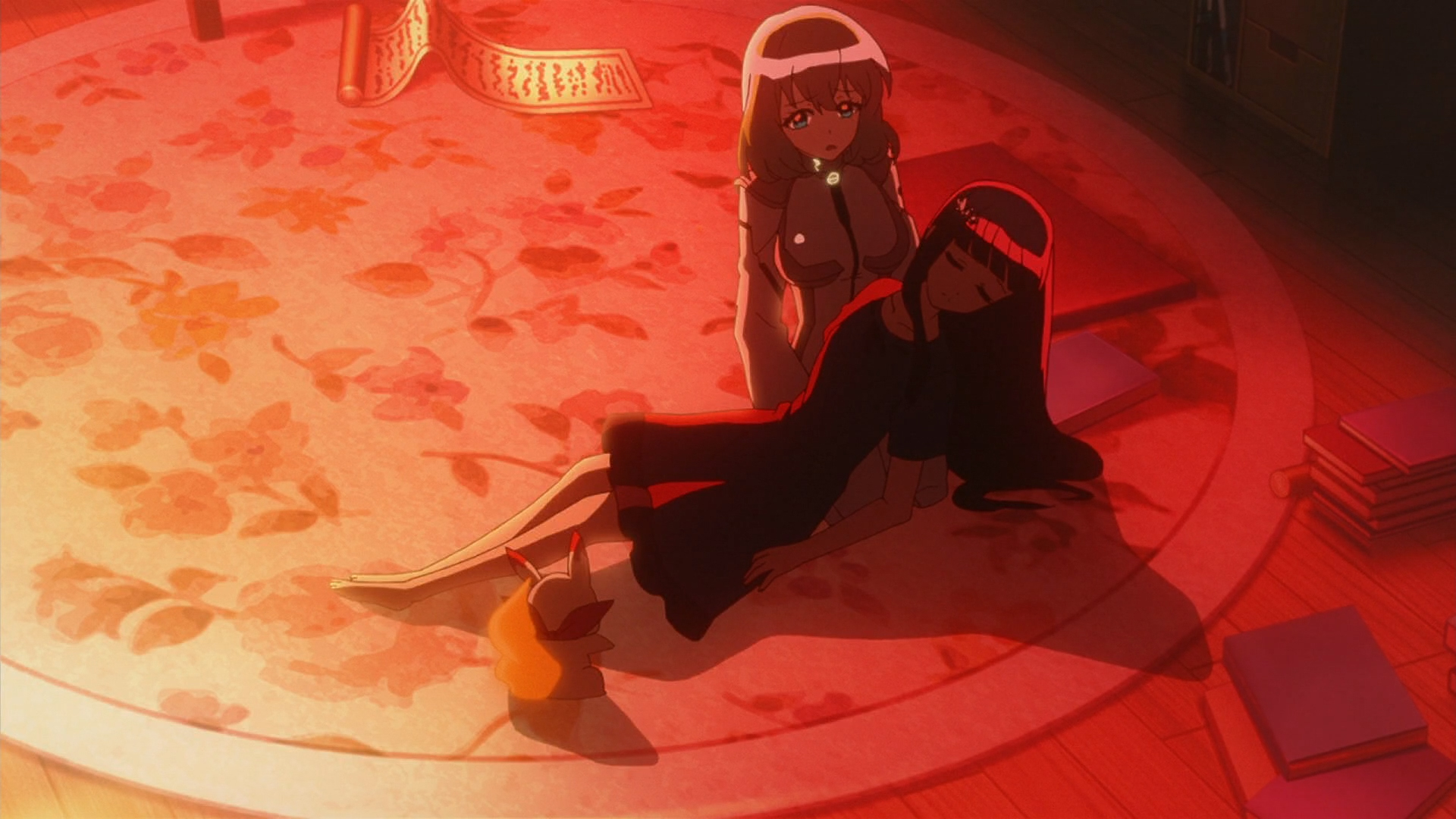
Once this particular dilemma has been resolved though, the show does manage to produce some pretty entertaining moments in its final couple of episodes, as past characters return to give their final hurrahs (including the baseball player from Part 2, who gets a completely out-of-the-blue and unnecessary cameo), while it plays out some hilarious quips between the two leads in front of the intense fight going on behind them. As much as I liked the big fights in this set, the show is clearly at its strongest when the two main characters are together, due to how well they are designed to complement each other. While the entire series may be a mixed bag, it’s the characters that have made it what it is, and that investment in them makes the weight of this finale more meaningful and I found myself hoping that they came out of it unscathed.
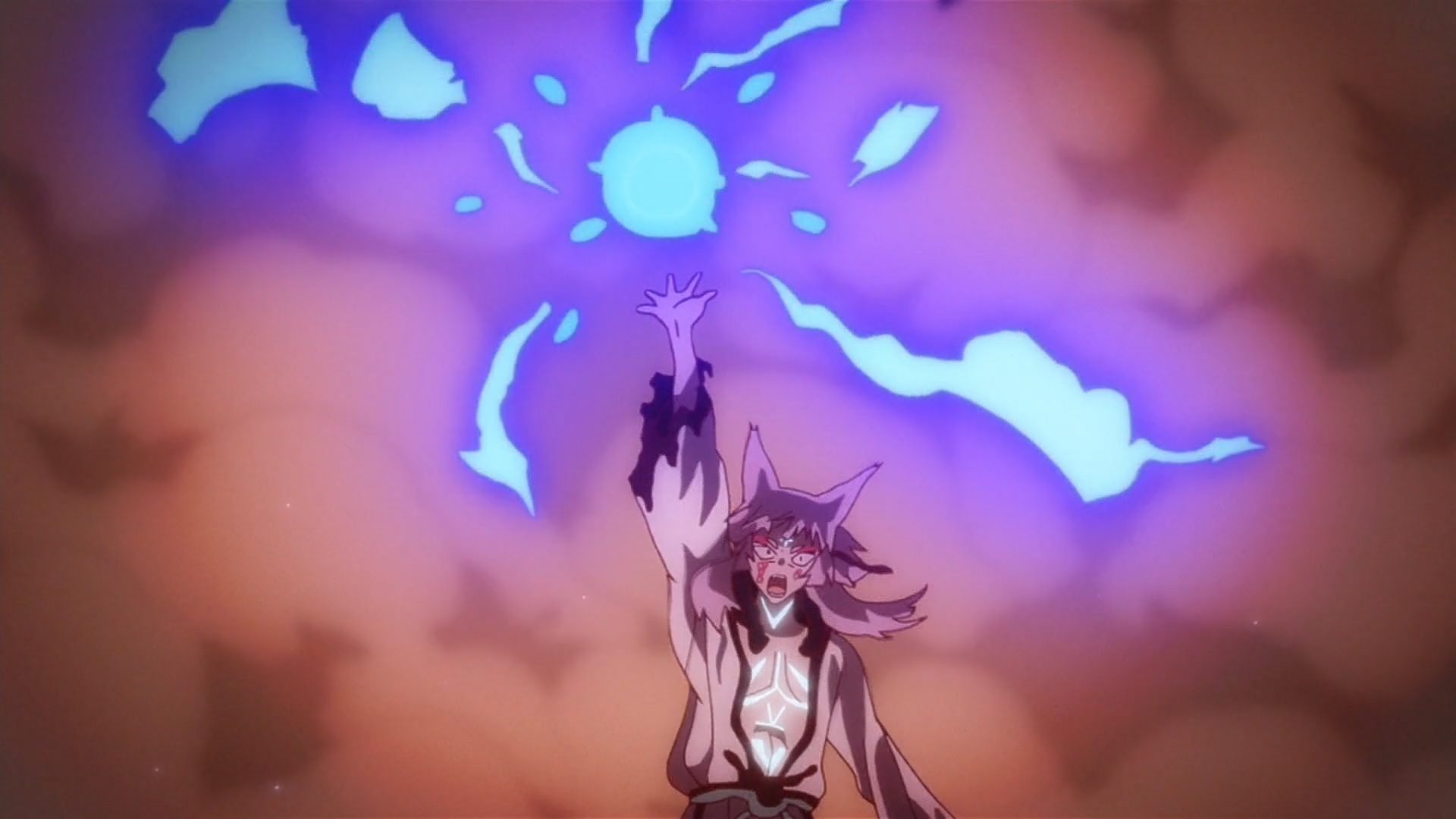
Studio Pierrot’s animation is generally consistent with the rest of the series overall, however as mentioned this set does feature better fight sequences and also has a clear improvement in the final couple of episodes as they put more budget into the climax. I was particularly impressed by the scene composition in that war of words between Rokuro and Benio as the attacks flashing behind them in the background perfectly punctuate what they are saying.
The show’s soundtrack still does a great job of carrying the series forward, with the punchier pieces really helping the action sequences; however they do seem to go a bit wild on the audio effect applied to some of the speech for the characters in battle, which chaotically changes balance from left to right and sounds weird when watching the series with a pair of decent headphones. The opening and ending themes, Kanadeai by rock duo Itowokoashi and Hotarubi by Wagakki Band aren’t as notable as some of the other openings and endings, but are still rather pleasant to listen to.
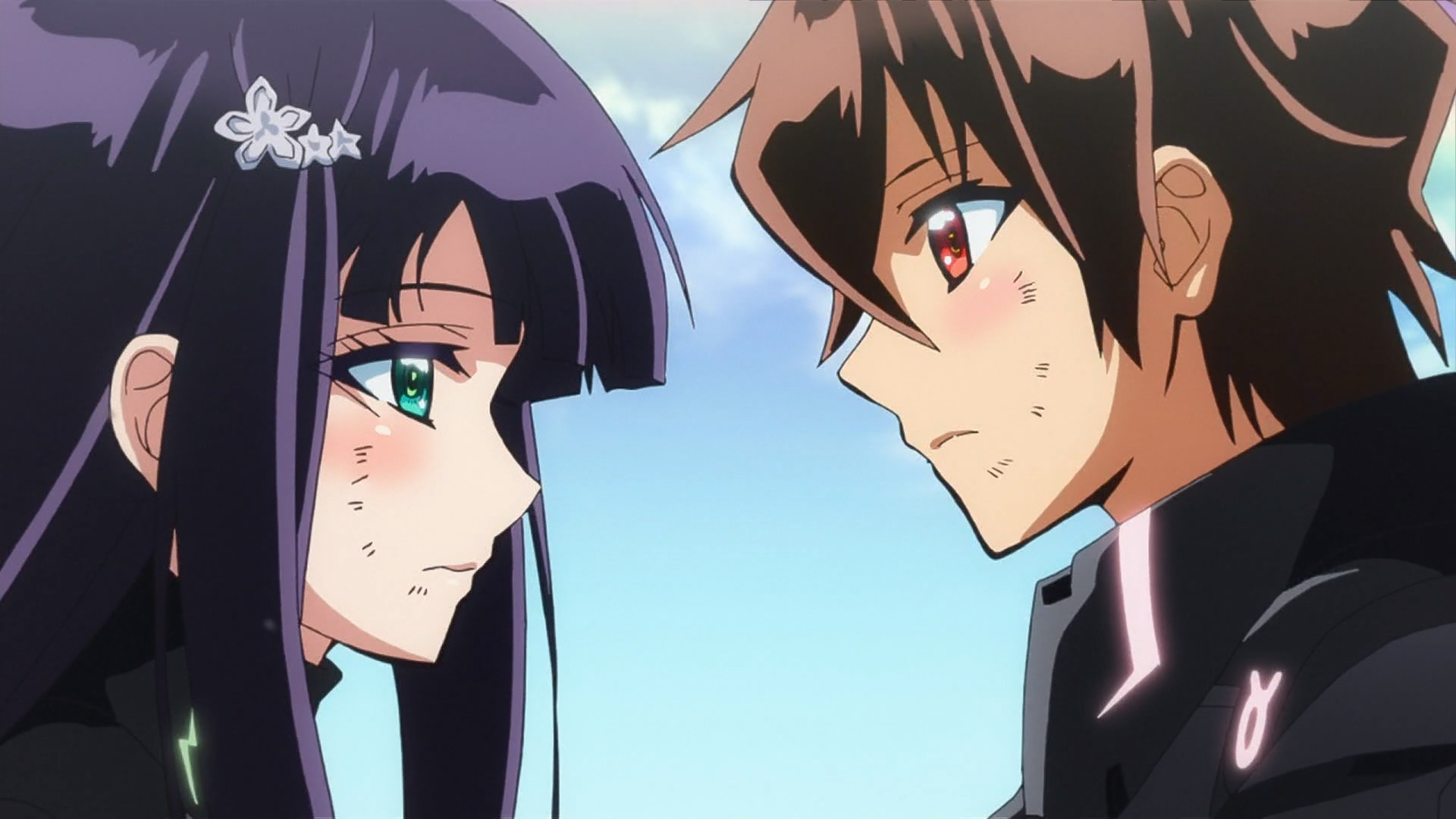
This Anime Limited release contains Episodes 41 to 50 of the series, with both the Japanese language and English dub versions remaining strong throughout with continuing good performances. If you’re interested in the Japanese language version in particular, there’s an interesting extra featuring an interview between Megumi Han, Natsuki Hanae and members of Wagakki Band, which, while short, I thought was a nice inclusion. Other extras on the set include your standard clean opening and closing titles and some trailers.
If you’ve been watching this from the start, then Part 4 of Twin Star Exorcists will give you a satisfying conclusion to the series with a different take on the source material and some decent action sequences. It’s just a shame they side-lined one of the main characters and introduced a very uncomfortable plot point around her, because otherwise while it’s certainly not the greatest shonen anime out there, it can still be quite fun to watch.


